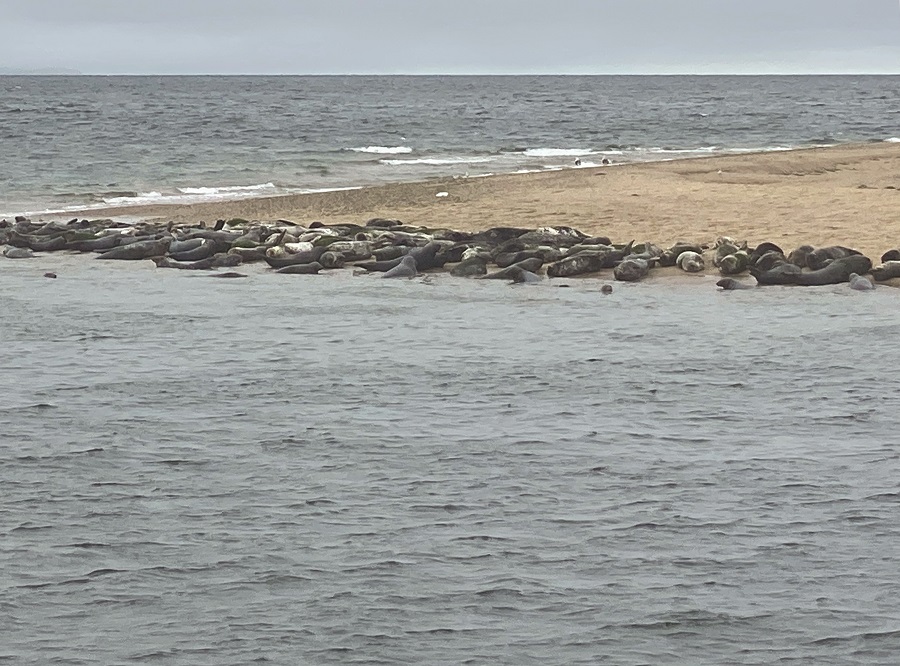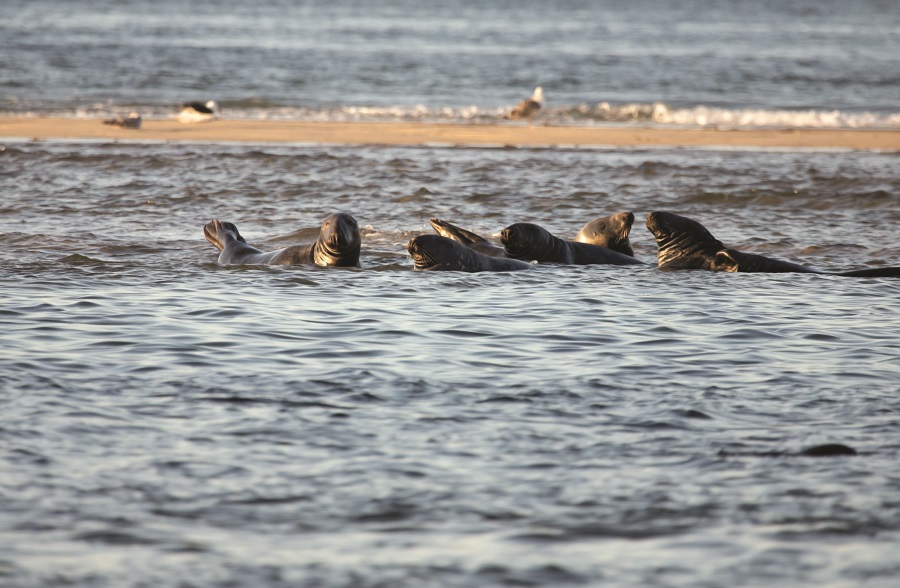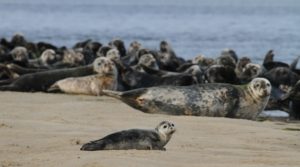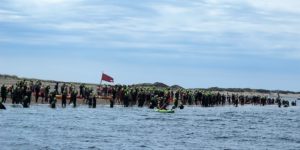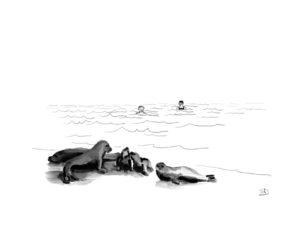The game of hide and seek we’re playing with our striped bass continues — they seem to be unwilling to settle into an area and stay put. It’s a daily challenge to get a handle on what the heck these fish are doing. We have copious amounts of food for them everywhere in the form of sand eels and mackerel. Our water temperatures are steady in the mid-60s, although at the peak of the heat wave we recorded 74-degree surface temperatures off Beach Point.
But back to my point: we had some fishing trips this week that ended not only with no fish being caught but also with no fish being seen on the fish finder. On other trips, we found miles and miles of hungry fish, hit catch limits, and returned to the dock early.
So, what’s going on here? I would love to know. But it’s a big ocean and a boat can be a quarter mile from the mother lode and miss it completely. All we can do is fan out as a group and look long and hard for the fish.
This is where cooperation among the charter boats comes in handy. Yes, we’re competing for customers, but when we all do well it invigorates the entire port. A rising tide lifts all boats, as they say, and only a fool doesn’t buy that.
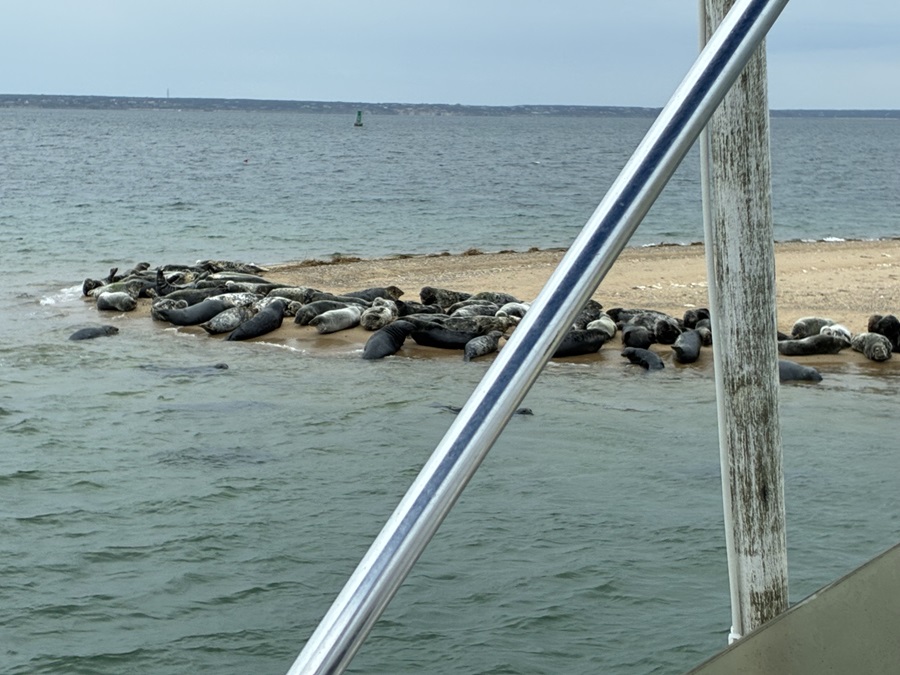
The fin whales are back in the bay off the race and Herring Cove. We got a great fin whale show while catching the very same mackerel they were chasing and feeding on. Hopefully, they stick around for a while, as it really enhances the fishing experience when you can see a whale while you’re at it.
Along with the whales, the seals are back in our harbor and in big numbers. The other day I counted 80 seals hauled out at Long Point. People often ask me why fishermen are so upset at their overwhelming presence. There’s a simple answer. They are competing for the same fish we are trying to catch. And they’re winning.
Let’s do the math on those 80 seals on Long Point. The average gray seal weighs around 500 pounds. Gray seals typically eat between 4 to 6 percent of their body weight each day. They primarily eat fish. So that means roughly 20 to 30 pounds of fish a day. Multiply 20 pounds by 80 seals and you have 1,600 pounds of fish consumed per day, which means about 11,000 pounds over the course of a week and some 45,000 pounds per month. And that’s just this one small group at Long Point. I’m not counting the 100 or so that were further in at the Horseshoe Cove.
Is it any wonder our harbor, which used to be so full of bluefish, bass, flounder, and fluke, is now a dead zone?
I can’t help but think about the defecation that follows all that seal feasting and wonder about its impact on our overall harbor water quality. Also, don’t think for one minute there aren’t great white sharks looking for these seals in our harbor. I see them fairly regularly.
Can we do anything about all this? Short of revitalizing the hunt, not really. The only choice I see is adapting to the new environment. I am all ears if someone has a better idea.
